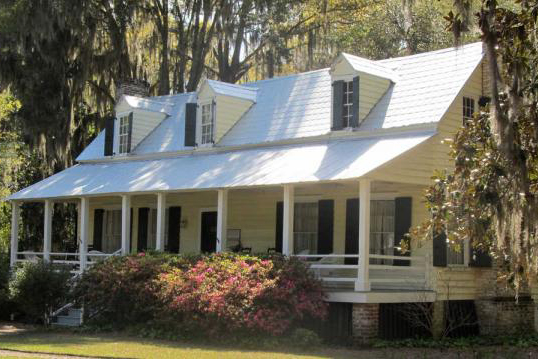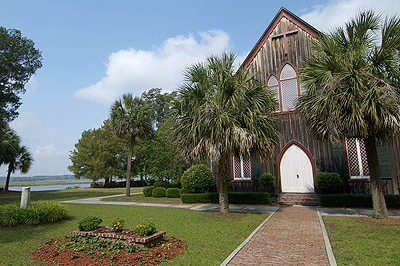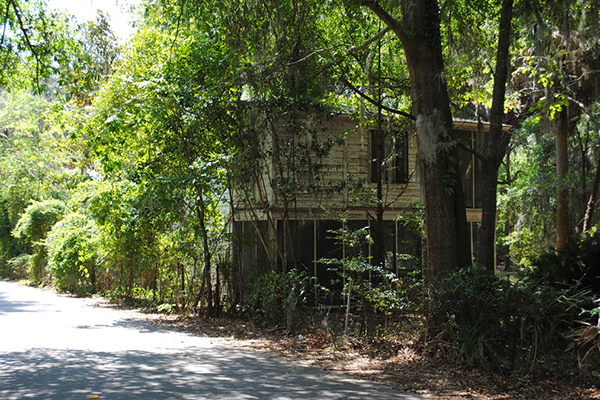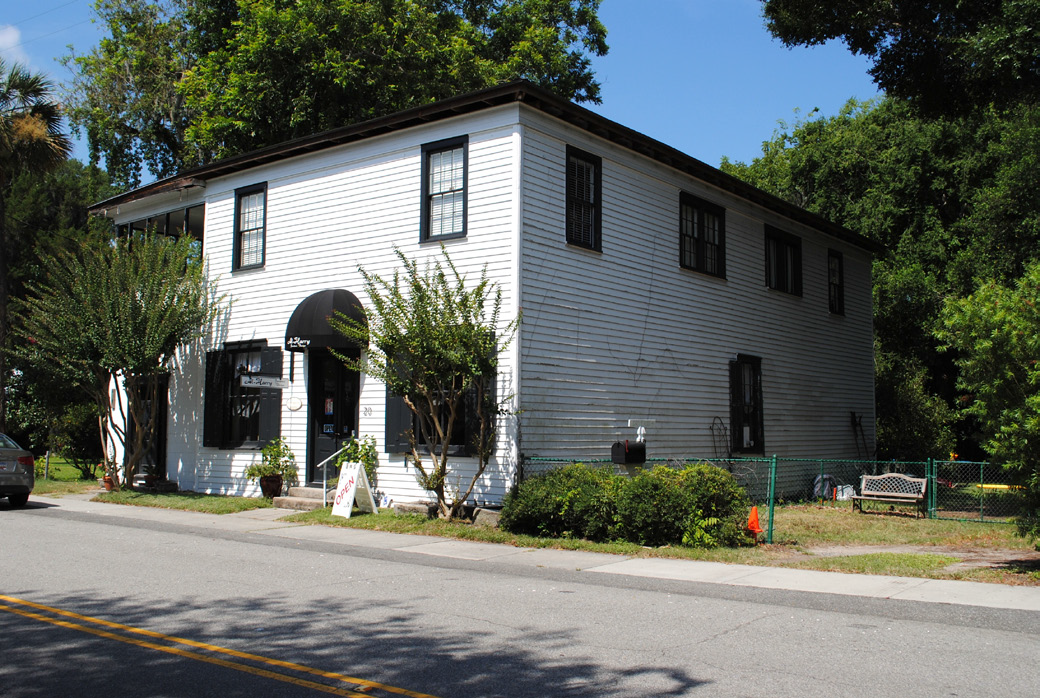Bluffton History
Officially settled in 1728, Bluffton’s past reaches beyond its foundation. St. Luke’s Parish in Granville County gave way to the Devil’s Elbow Barony, but not before the Yamasee War pitted colonists against the local Native American population. After an invitation to share the area by Scottish Lord Cardoss, and the subsequent migration of 1,200 Yamassee natives (a multiethnic confederation), a ware broke out in 1715. Lasting until 1717, more than 15 tribes including the Cherokee battled against colonial settlers resulting in a loss of 7% of South Carolina’s settler population. In 1716 the tide turned, when the Cherokee changed allegiance and fought with the European settlements. The Yamasee War is considered by many historians to be one of the most transformational conflicts of the Colonial Era.
The town of Bluffton itself is a hidden gem located high on the bluffs of the May River. It’s elevated location allowed for cooling river breezes, making Bluffton an ideal summer getaway in the early 1800s. Once a steamboat landing was built at the end of Calhoun Street, Bluffton became the commercial center of southern Beaufort County. In 1844, the local farmers became angered by increasing Federal tariffs. Cries of secession were first given voice underneath what became known as the “Secession Oak.” On June 4, 1863, Union gunboats and 1,000 infantrymen landed on shore with orders to fire the town. Approximately 60 structures were in the town before the attack, only two churches and fifteen residences remained standing after.
Discover Bluffton with a tour of the Heyward House, a museum and historical welcome center located in the Bluffton National Register Historic District at 70 Boundary Street. The Heyward House was constructed in 1840 as a smaller home for a local plantation owner. It is one of the only 8 antebellum homes remaining in Historical Downtown Bluffton. For a guided walking tour, please contact them directly at (843) 757-6293 or emailing to info@heywardhouse.org.



